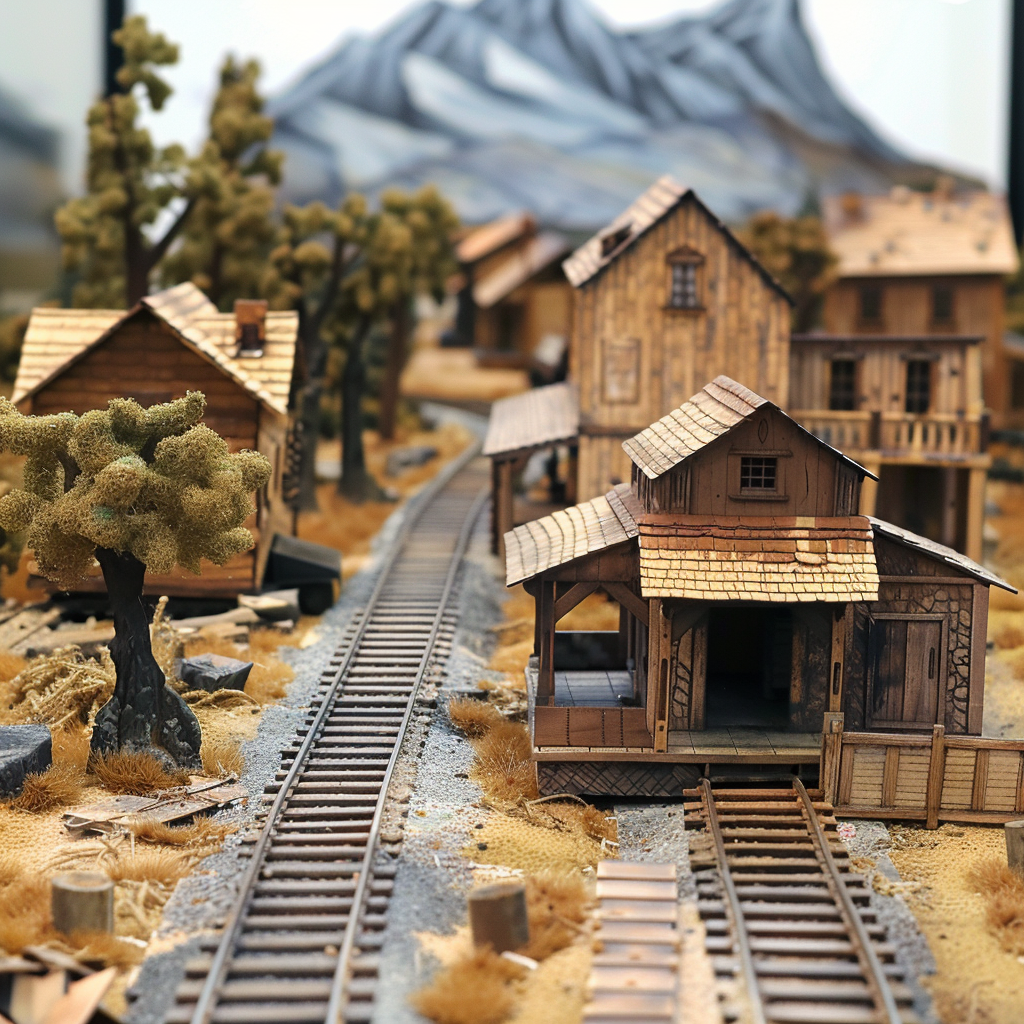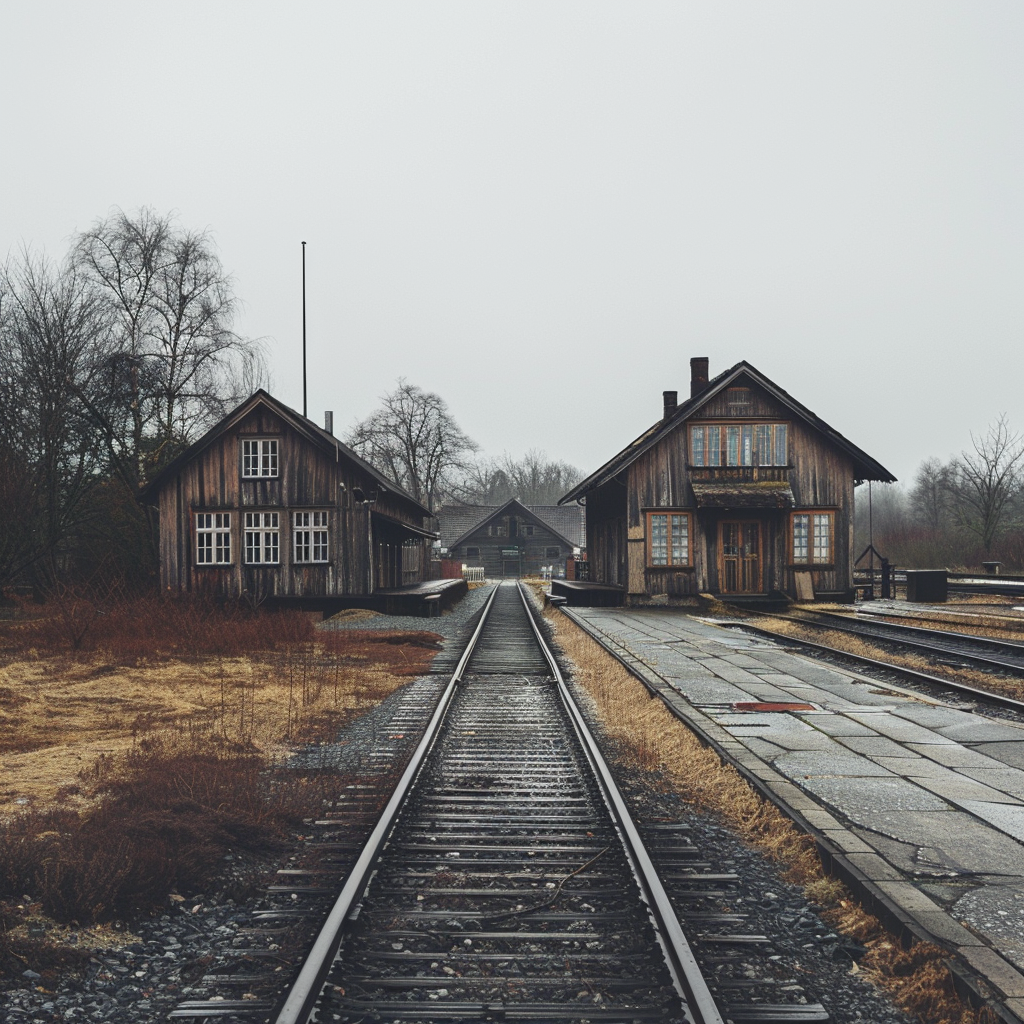
Explore Kankakee!
Published on June 6, 2024
eATLAS has partnered with the Kankakee County Convention and Visitors Bureau on a pair of Adventures! The Craft Beverage Trail offers discounts on specialty drinks at 13 local breweries, restaurants, bars, and coffee shops, with a prize sent to those who visit at least eight of the establishments. The Taco Trail spotlights 10 Mexican restaurants, and all those who complete the trail are entered into a drawing to win something special.
By Dave Lifton (@daveeatschicago)
In their 17th and 18th century journeys of the Mississippi River region, French explorers and missionaries wrote of a tributary of the Illinois River called “Teakiki” or “Huakiki,” a possible mis-hearing of a Miami-Illinois word for “It is wolf country.” By 1812, the river appeared on an American map of the Illinois Territory as “Kinkiki.”
Over the next 40 years, Kinkiki morphed into “Kankakee”, and it was chosen as the name of the county through which the river runs. Although Bourbonnais had already been established, the Illinois Central Railroad chose an undeveloped site to the south, by the riverbend, as a stop, with the company giving it the name “Kankakee Depot.” Only a 20-year-old cabin existed in the area when the train first stopped on July 4, 1853 to deliver lumber for the establishment of a yard.
Development was quick at the spot 50 miles southwest of Chicago. Within two months, 15 or 16 houses plus a handful of stores were being constructed. A street grid of 49 blocks was laid out in January 1854, and the town received its charter as Kankakee City a month later. W.H. Bristol’s 1876 history of Kankakee noted that, in 1856, the population was 2,500 and had, among its businesses, 14 dry goods stores, eight grocery stores, four clothing shops, three bakeries, two butchers, and two banks, plus several factories, gunsmiths and blacksmiths, and three newspapers.
Perhaps even more important, Bristol wrote, was the limestone in the area that was first quarried by Solon Knight, the owner of that initial lumber yard. That limestone helped create many of the buildings and churches in Kankakee’s downtown.
In 1865, the ‘City’ was dropped from the name as Kankakee was officially designated as a city.
Kankakee County bloomed in the later years of the 19th century. The Riverview and European (later the Lafayette) Hotels and the Arcade Building, a combination 500-seat opera house/library/office building, brought tourism. This led to more cultural amenities and attractions springing up. Kankakee became a rural haven for those looking to get away from the noise and pollution of Chicago.

Much of the early growth can be attributed to Emory Cobb, a telegraph operator who moved to Kankakee in the 1860s after overseeing the formation of Western Union. Retiring to become a gentleman farmer, Cobb purchased 78.2 acres of land south of River St. and built the Riverview on it in 1887. The hotel was destroyed by fire 10 years later and the land sold back to the city. Cobb Park now sits on the land used by the Riverview, with two of the three streets bordering the park named in his memory.
After the fire, Cobb’s Woods, as the rest of his pasture was known, was subdivided and developed as a residential neighborhood for Kankakee’s elite. Among the homes are two Frank Lloyd Wright mansions, the Warren Hickox House and the B. Harley Bradley House. Both are considered to be pivotal in his transition to the Prairie School of Architecture that he spearheaded for the way they harmoniously blended with the natural environment.
In 1986 the former Cobb’s Woods was given a spot on the National Register of Historic Places as the Riverview Historic District. The area consists of 164 homes built between 1867 and the late 1920s, with 118 recognized for contributing to the character of the neighborhood, with 52 cited for having architectural and/or historical significance.
Despite being a small city of slightly 25,000, Kankakee has been immortalized in a pair of songs. “Lydia, the Tattooed Lady,” performed by Groucho Marx in the Marx Brothers’ 1939 film At the Circus, featured the lyric, “When her robe is unfurled/She will show you the world/If you step up and tell her where/For a dime you can see Kankakee or Paris/Or Washington crossing the Delaware.”
The Marx Brothers played Kankakee’s Remington Theatre in 1916.
Less comedic and more pastoral is Steve Goodman’s “The City of New Orleans,” made famous in 1972 by Arlo Guthrie. The song describes an Illinois Central train bound from Chicago to the Crescent City, with the first verse describing, “All along the southbound odyssey/The train pulls out of Kankakee/Rolls along past houses, farms, and fields.”
Kankakee’s historic connection to the railroad is on display at the Kankakee Railroad Museum, and those wanting to learn more about the history of the region can stop by the Kankakee County Museum.

The Adventure starts when you say it does.
All eATLAS Adventures are designed and built by experienced eATLAS Whoa!Guides. They're always on. Always entertaining. And always ready to go.
Check out our Adventures!